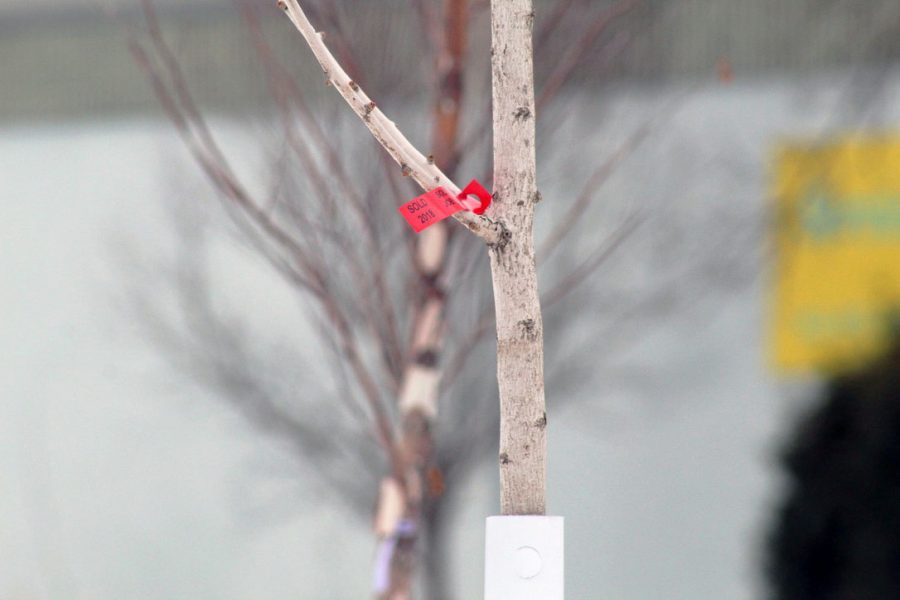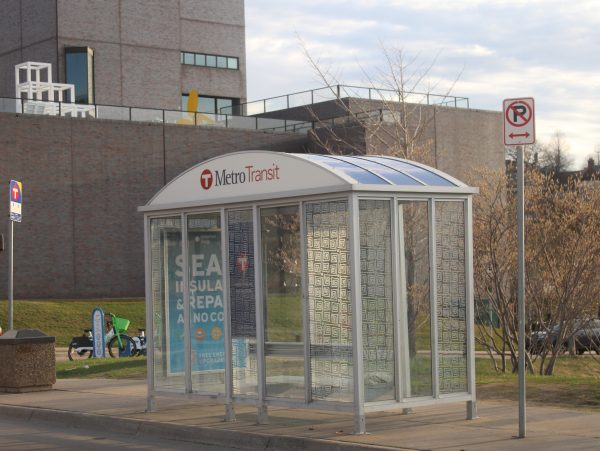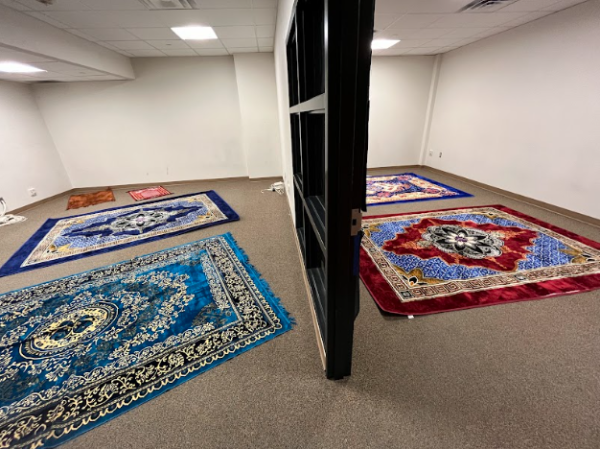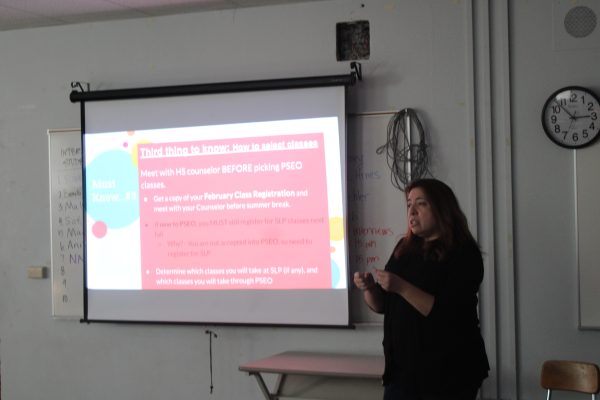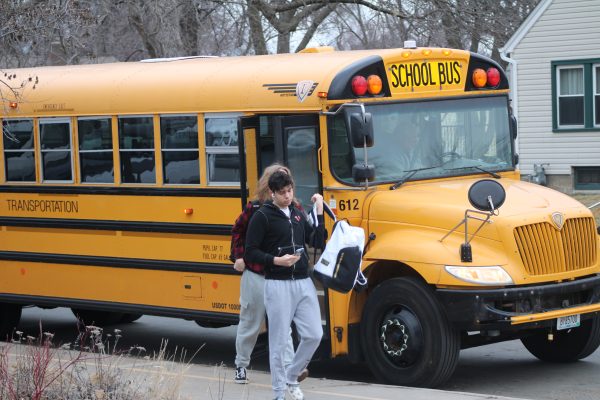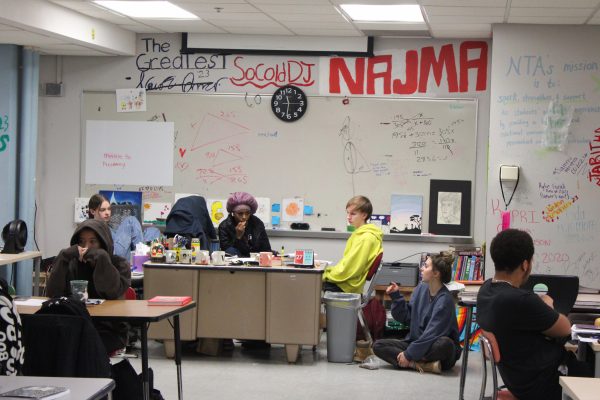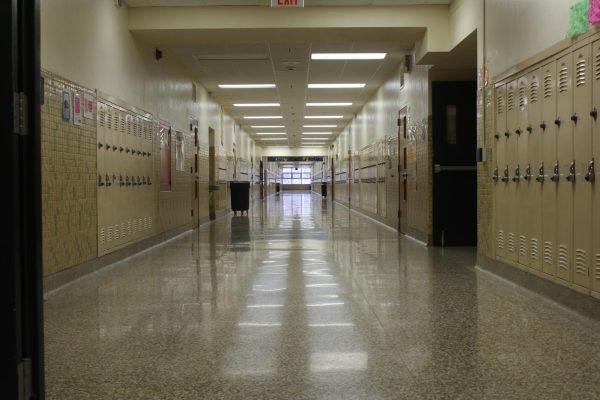City receives grant to replenish ash tree population
Department of Natural Resources provides funds to fight ash tree-eating insects
St. Louis Park is implementing an emerald ash borer (EAB) treatment program following the Minnesota Department of Agriculture’s confirmation of EAB in St. Louis Park. In order to treat public ash trees, St. Louis Park is partnering with Rainbow Treecare.
January 29, 2020
With spring just around the corner, St. Louis Park begins preparations to combat the recent invasion of the emerald ash borer. According to Jim Vaughan, natural resources coordinator for the city of St. Louis Park, a grant recently given to the city by the Department of Natural Resources will help do just that.
“Since 2010 we’ve been identifying trees that were ash trees that were weaker,” Vaughan said. “(The grant) allows us to plant trees — well we plant trees already — but it allows us to plant more and we’re focusing on environmental equity.”
Vaughan said the city believes trees are valuable to the community for a multitude of reasons.
“Trees have so many benefits they provide (for example), we’d capture a lot of rainwater and stormwater,” Vaughan said. “They’re also a great wildlife habitat, they control erosion, they do all kinds of different things.”
Roots and Shoots Co-President Zoe Frank said she agrees with the assertion that trees are an important piece of our community.
“Keeping trees is always a benefit, and when you can, you should preserve trees,” Frank said. “(The grant) will help to make St. Louis Park more sustainable and a greener place to live.”
According to Vaughan, emerald ash borers will kill ash trees by feeding on their growth layer. We have been very proactive in terms of planning for it for years. — Vaughan
“The adult will lay the eggs underneath the bark and then the egg will hatch into little larvae or little worms,” Vaughan said. “Then those worms will feed on the cambium, which is the layer between what we call the hardwood and the outside of the tree — the bark.”
Frank said there are benefits to providing this aid to ash trees, aside from the direct ones provided by the trees themselves.
“St. Louis Park is a role model for other cities in Minnesota and the United States (with) our climate action plan and whatnot, so this will be another contributing factor to that,” Frank said.
According to Vaughan, the city will begin planting trees with the funds from the grant in the spring.
“We’re trying to implement (the grant) this spring,” Vaughan said. “We’re going to be employing Tree Trust, which is a nonprofit partner with us. They’re going to be doing it with their youth group.”



